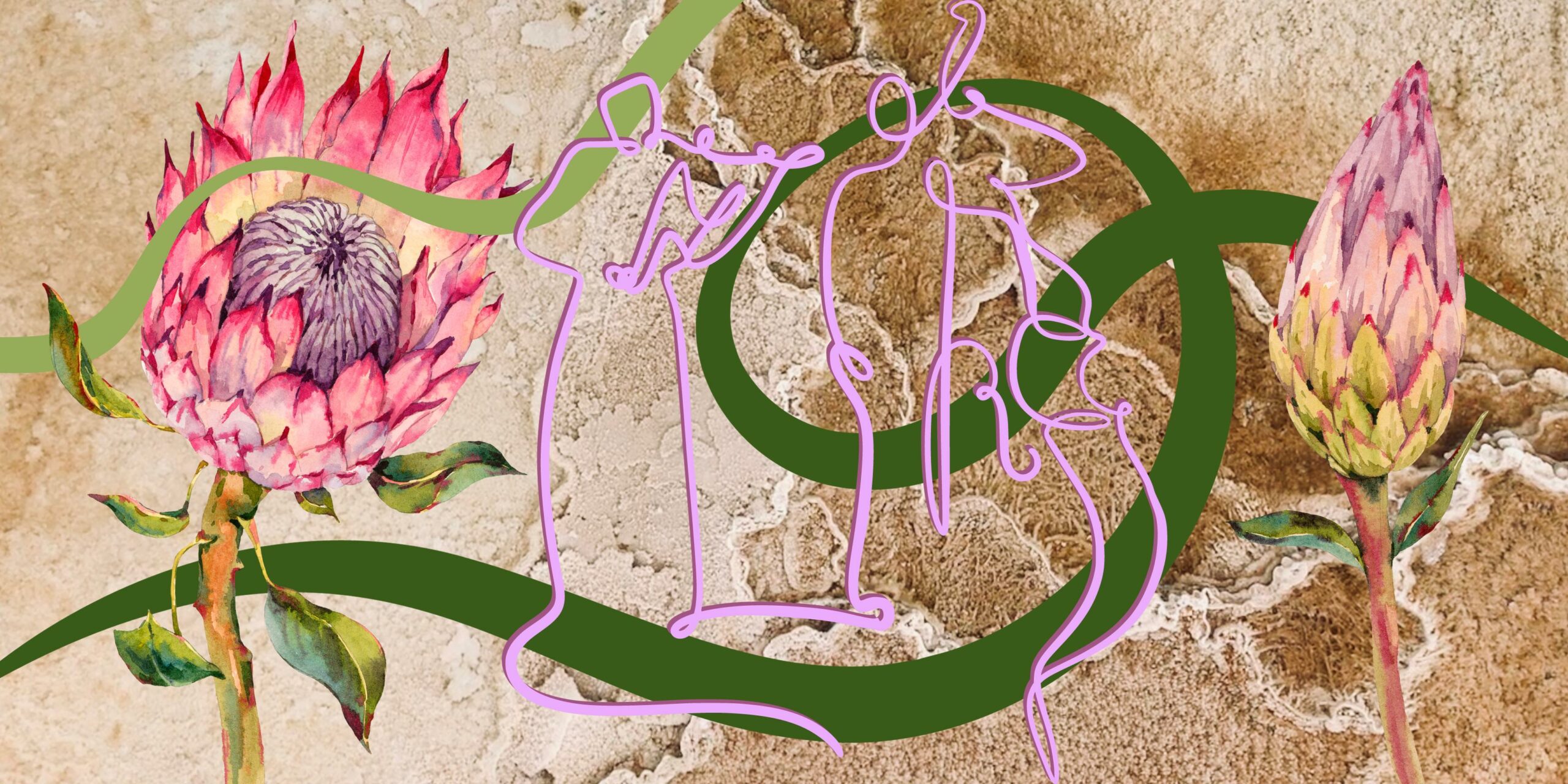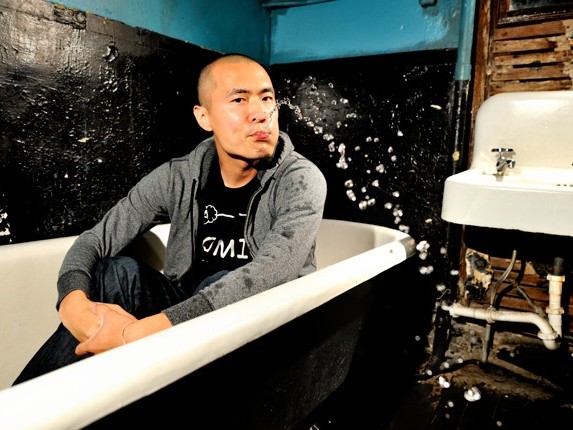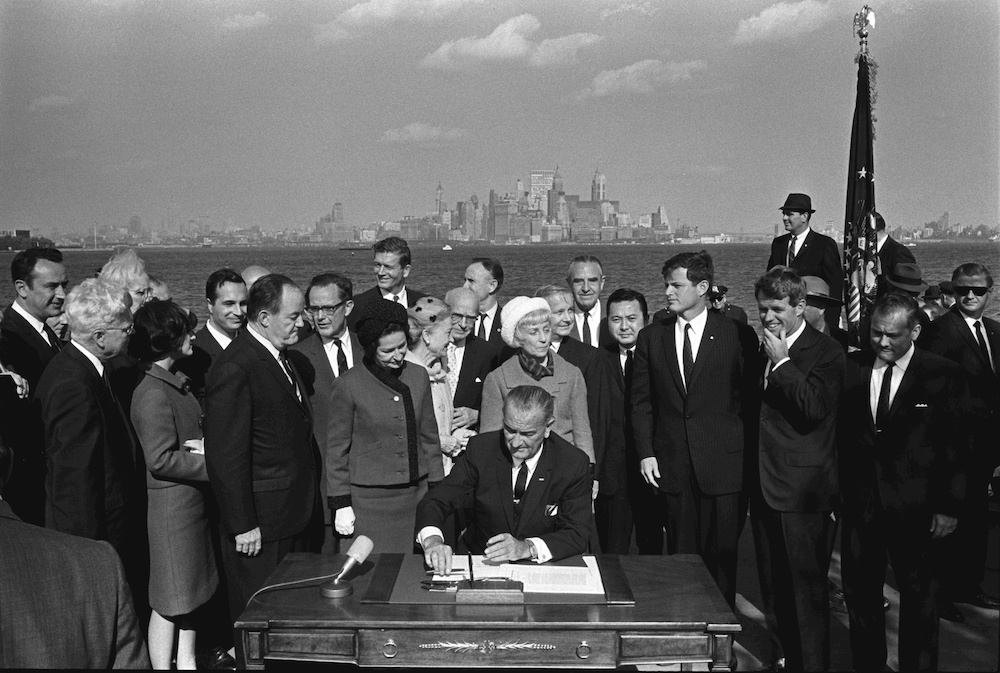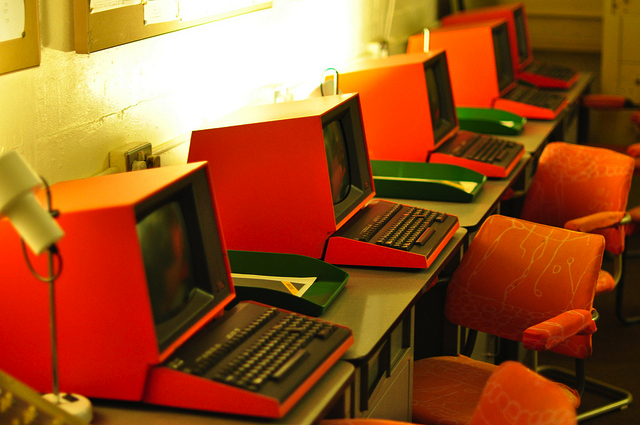Moving toward liberation through music in South Africa

January 17, 2024
“I don’t think of myself as a jazz musician but a medicine man.”
—Abdullah Ibrahim, South African jazz pianist and anti-apartheid activist
“Life is a sustained improvisational interaction with the structures of the world.”
—Vijay Iyer, Indian American jazz pianist
“Open your eyes and answer the call of the drum.”
—Miriam Makeba, South African anti-apartheid activist and singer
It was a sunny October afternoon in 2021 in Johannesburg, South Africa’s financial hub and grittiest city. I was in a squatter artist village in the working class neighborhood of Troyeville, where I had just opened the end-of-life celebration for Drew Lindsay, a leftist artist and activist who had invited me to join his community in the Spaza Art Gallery before he passed away. I had offered a bluegrass eulogy—an Appalachian “Ashokan Farewell” from one of my hometowns—on my fiddle for Drew, and soon found myself jamming with an intergenerational group of Black, white, and Coloured (or mixed-race in South African parlance) musicians. There was a young nonbinary Black queer pianist, an elder white trade unionist on the guitar, a Coloured poet adding spoken word along with her adult child, a Palestine solidarity activist on one drum and a Black elder anti-apartheid stalwart on the other, and many more. Joburg—and most of South Africa—is still largely segregated along the legacy of apartheid’s racial lines. This gathering was an exception.
As our instruments and varied musical backgrounds intertwined, I found myself thinking that this is what solidarity feels like. Not just rhetoric, or protest, or sacrifice, but the act of doing it—experimenting with different methods of being together, speaking our collective dreams for different worlds. Trusting each other to show up and listen to one another. Practicing and feeling solidarity without getting stuck in the theory of it all. Making joyful sounds that connected us across communities, having faith in the role that each of us was playing. Improvising and imagining what the future could be.
Imagining a more just future was what brought me to South Africa in 2021. I moved from London following Black-led, multiracial liberation struggles—I was looking for instances where systems change was woven together with collective music. Before living in London, I had spent a decade organizing for racial, economic, and gender and queer justice in the United States, and had supported movements on the ground in India, the UK, and Mexico. I also collaborated in various musical groups and spaces, spanning my training in Western classical, bluegrass, jazz, carnatic, salsa, cumbia, and more—and I was deeply certain of the power of music in protest and solidarity-building.
But after living through the devastation of a Tory victory in the UK, the growth of austerity under COVID, isolation from collective music spaces due to lockdowns, and the continual struggle between the Black and Brown comrades I organized with, I was looking for inspiration. I applied to a PhD program in South Africa to explore Black and Indian South African solidarity-building and queer intimacies from the anti-apartheid movement to the modern day. I completed my application while listening to the viral song “Jerusalema” on repeat for days, alongside classics by Miriam Makeba and Ladysmith Black Mambazo. These were the sounds and enactments of resilience and revolution that I, as a lifelong violinist and organizer, was searching for.
From afar, I had imagined South Africa as a bastion of leftist resistance and Black-led systems change. When I landed in Jozi (as the city is affectionately called by many of its inhabitants), however, I found a city being placed under escalating curfews and restrictions. Social movement spaces had shut down or moved online; at the same time, my father-in-law had fallen ill and suddenly passed away from COVID-19 in Bangladesh. I was fighting being consumed by isolation and death.
COVID lockdowns also meant that economically, the country was struggling even more than before, with the Black South African—and Black migrant—working class pushed further to the margins. In July 2021, the polarizing and contentious former president Jacob Zuma was arrested for contempt of court in a corruption case (unrelated to previous cases of sexual violence), which led to riots and unrest across the country. This sparked an explosion of violence in KwaZulu-Natal between Black and Indian South Africans, including vigilante killings of Black South African bystanders and commuters in the Indian township of Phoenix.
These horrors mirrored the communal violence of 1949 and 1985 when, in response to the apartheid system of racial segregation and hierarchization, Indians and Black South Africans were pitted against each other and pushed to mass violence. These violent events are part of a history of anti-Blackness in some Indian South African communities and distrust of Indian South Africans in some Black South African communities. Although many Indians were brought to South Africa through violent systems of British-led indenture, and although others who migrated through trade suffered precarious and marginalized lives, the British racial hierarchy and the apartheid system placed Indian South Africans above Black South Africans and offered greater access to labor, housing, and education.
Even after the fall of apartheid in the nineties, Indian South Africans on average hold more wealth than Black South Africans, despite the emergence of a Black elite class and the continuation of working-class Indian townships like Phoenix in KwaZulu-Natal. Gandhi’s anti-Blackness and its impact on wider Indian South African society has been publicly decried by recent decolonial South African movements. Meanwhile, South African Indians are still treated as outsiders, foreign interlopers, or greedy merchants, despite histories of solidarity between Black and Indian South Africans against apartheid and through the Black Consciousness movement that emerged in the sixties. The conflagration of violence in July 2021 highlighted these enduring tensions, and shone a light on the continued division between working-class Black and working-class—but slightly less impoverished—Indian South Africans.
Some activists pushed back against these tensions in KwaZulu-Natal through actions like inter-communal political spaces by the Coalition of the Poor, direct service work through tenant organizing, relief assistance, and language exchange spaces between Zulu and Indian communities. Still, speaking directly to the legacy of anti-Blackness and anti-Indianness proved challenging.
Meanwhile, in Joburg, it sometimes felt like we were paralyzed, trying to organize around everything all at once while comrades kept dropping out due to economic precarity and anti-Black stressors. I saw glimmers of hope in Jozi’s activist communities and queer Black spaces, but often felt overwhelmed by the number of factions, fractures, and beefs that played out along racial, ideological, gendered, class, and other lines. It was, in some ways, a bleak time to explore Black and Brown solidarities and queer intimacies.
But musical spaces gave me a different sense of hope. Music runs deep in South African activist culture. Artists like Miriam Makeba, Hugh Masekela, Abdullah Ibrahim, and many more grassroots artists whose names are less visible, were on the frontlines of the struggle against apartheid. South African jazz and folk music forms played an important role in the struggle against apartheid. To this day, South African protests always include collective singing of struggle songs, and a form of marching plus dancing called the toyi-toyi.
This embodiment of liberation culture struck me, and felt deeply different from the more solemn chanting and marching that I was used to in the US. It was a change from the Civil Rights, Black Power, and anti-war protest music of the 1960s and 1970s. In the toyi-toyi, I was an outsider, often asking for translations of songs in languages I didn’t speak, from a history I was removed from.
But when I joined South African jazz and local folk jams, I accessed a shared language through instrumental music. We were collectively dreaming, moving through conflict and discord into harmony without words. The music was emergent, shifting and evolving as we played it. The interplay between artists, the unspoken collaboration, created a deep joy that contrasted with the rage at the world, disappointment in factionalism, and betrayal from moments of harm that protest spaces often brought up for me.
At a recent Black Consciousness music event in Joburg, musician Yonela Mnana reflected on the legacy of the anti-apartheid struggle and Black liberation activism in South Africa. He wondered: “How did people enjoy so much, when they had so little? Perhaps the same can be said about us as well.”
Improvised spaces tapped into this enjoyment, the pleasure of building communities of music and resistance, conjuring spaces where we could move together rather than apart. And while these spaces were largely Black-led, I met Indian South African musicians who collaborated in these groups, who played with bands like The Brother Moves On and the George Mari Quartet, and who were actively engaged in solidarity-building and activism as musicians.
I felt the possibility of building a different form of solidarity when I collaborated with a nonbinary queer Black musician in early 2022. They invited me to the “Reimagined Learning Centre,” a space led by Black and Brown urban gardeners, artists, musicians, and popular educators. I was told we would be creating a decolonial “sound bath.” After we improvised, building off each other between voice, violin, piano and indigenous South African instruments, participants described the images that came to their minds while they were listening. Many of the young people spoke of freedom, of creating something new, together. They drummed along on their own instruments and tapped out new rhythms. We were building, not towards solidarity in the future, but in the here and now.
Many before me have lifted up improvisation’s ability to build communities of practice and collaboration, not only in the musical spaces they form in but also in protest and direct action beyond the jam. Scholars Daniel Fischlin, Ajay Heble, and George Lipsitz write in The Fierce Urgency of Now: Improvisation, Rights, and the Ethics of Cocreation that improvisation “compels us to leave our comfort zones, to forge meaningful interactions with others across identities and social categories, [and] to deepen the democratic strata of society through cultural activities that resonate fully with the contradictions and possibilities of our time.” They offer, and I agree, that “improvisation in both expressive culture and social movement mobilizations can keep us attentive to our responsibility to build the world we hope to inhabit.”
The immediacy of engagement between improvisational players creates a vulnerability that both transcends cultural and racial differences and also powerfully intertwines cultural and musical traditions. It forges kinship borne out of sound. Scholar Elliot Powell writes about “coalitional auralities” that grow from cross-racial musical and political relationships, and offered Miles Davis’s collaboration with tabla player Badal Roy as an example of Afro-Asian sonic solidarity. Powell also used the idea of coalitional auralities to gesture to unlikely relationships and direct action between previously unconnected groups, drawing from queer scholar Cathy Cohen’s description of direct action by punks, bulldaggers, and welfare queens against HIV/AIDS, forced poverty, and government neglect.
In South Africa, speaking to interviewers from Global Citizen, the musician Julian Bahula echoed that his collaborative music style “like jazz, talks of the spirit… It unites people in spirit and tries, in its own way, to heal those who are hurt.” In practice, this looked like artists who met through musical spaces in South African struggle then participating in, or even leading, mass protests and direct actions together.
The musical documentary Amandla!: A Revolution in Four Part Harmony showed how the individual and collective riffs in South African jazz and protest music created the space to imagine and embody a world post-apartheid. Particularly, the South African jazz and improvisational space offered a home for musicians from different racialized groups to build collaborations, relationships, and thus political solidarity, through playing with each other. These relationships then often translated to deepened trust on the streets, wider direct actions, and broader collaborative protests. Through improvisation, through jazz, through collective sound-making, we can build a solidarity that is somatic rather than theorized—a series of sonic connections that touch new worlds.
I arrived in Durban, a city on South Africa’s southeastern coast and the urban center of Zululand and Indian South African migration, in March 2022. It was eight months after Durban’s July unrest and the racial violence of the Phoenix massacre. I was excited to speak with Indian South African queer, leftist, and feminist activists about how they were attempting to repair Indian and Black relationships after the riots. But I was unsure how to broach such conversations with sensitivity and trust with Zulus and other Black South Africans. I was worried about being seen as an outsider extracting knowledge and pain, rather than an activist building relationships and solidarities.
Comrades in Jozi had encouraged me to check out Durban’s jazz and live music scene. So in my first week in town, I headed to the Centre for Jazz and Popular Music at the University of KwaZulu-Natal, where I met an older Indian South African protest photographer and a younger Coloured jazz aficionado who promptly took me under their wing. They invited me to a set later in the week with a famed guitarist, Madala Kunene. This music was Maskandi, a South African collective and improvisational musical tradition based on the guitar and created instruments that grew out of working-class Black life and resistance. Maskandi is sometimes called the “Zulu blues.”
The performance was held in the garden of a private home. Children ran freely, and attendees passed out plates of some of the best biriyani I’d ever had, made by an elder Zulu woman. When the music began, people danced frenetically, propelled towards the stage as if by an invisible force.
At the end of the set, Madala invited me to his home to jam with him the following week. When I came to his house, he played for me a piece that he was working on with tabla and sitar players from India and from South Africa of Indian heritage, and held a nurturing space for my violin. I was not used to such care from an older man. Being invited into Madala’s home to share music and food felt like a profound intimacy that went beyond the speeches for solidarity during this period of heightened animosity and distrust between Black and Indian South Africans. Building this relationship felt deeply feminist in its centering of care and relationship. And it also felt like solidarity in action, one forged through growing and creating music that reflected our politics together through hope for a South Africa that transcended racial divisions.
Madala invited me to play with him at a dance performance for young Zulu girls, then some months later at a concert in Cape Town, and in the following year with his mentees in Joburg. In each of these spaces, I felt connections being formed across lines—racial, generational, gender, class—from collectively translating emotions and hopes into sound. In Joburg, one young woman wailed in parts of her performance, invoking an audience ululation that sharply harnessed our pains and dreams. The following band, The Brother Moves On, shared songs celebrating Madala and the other musicians and freedom fighters who came before them. They then led the multiracial and multigenerational audience in a toyi-toyi and jam that lifted their voices towards a new “Azania,” the Pan-Africanist imagining of a free South Africa. This is solidarity, I felt again. Just as much as the feminist circles I was joining, as much as the direct action–planning war rooms that we met in. This was solidarity that enacted and celebrated the possible.
Fred Ho, the Chinese American jazz saxophonist and activist, wrote profoundly about the role of jazz in Black liberation, and in opening pathways for Asian and Black solidarity through sonic cultures. He called jazz, African American music, and improvisational music-making an “expression of revolutionary dialectics” and “the revolutionary music of the twentieth century—not just for America, but for the planet as well.” Asher Gamedze, a modern-day South African jazz musician, scholar, and comrade, echoed in an interview that “whether it is a band, a family or a political collective: The idea of an ensemble coming together to organize [sic] something is at the root of all movement… People who want radical change in society can never do it alone. The same goes for music.”
In these moments of collective music-making that I’ve experienced here in South Africa, I’ve felt these threads of hope for revolution. Particularly in the last few months, musicians across South Africa (including myself) have gathered under the banner of “African Artists Against Apartheid,” holding space for musical jams that expressly build solidarity and resourcing for Palestine, and also solidarity and relationship across racial, class, and other divides. And outside of the jam spaces, these musicians have also been offering their instruments to mass protests and direct actions, in relationships that have been strengthened or even forged through improvisational music and solidarity on the streets. This is solidarity in action: cross-racial, transnational, and guided by hope for a future that is truly post-apartheid.
In his book Freedom Dreams: The Black Radical Imagination, activist and theorist Robin D.G. Kelley writes: “Progressive social movements do not simply produce statistics and narratives of oppression; rather, the best ones do what great poetry always does: transport us to another place, compel us to relive horrors and, more importantly, enable us to imagine a new society. The conditions and the very existence of social movements enable participants to imagine something different.” Kelley calls this an “effort to see the future in the present” and a “poetic knowledge.”
I see this same sort of poetics in improvisation: that by building together, by trusting each other, we build a solidarity that is intimate and also public, and we collectively envision freedom. In what feels like a sustained moment of crisis, in South Africa and globally, these musical spaces for dreaming feel distinct from the reactivity of many of our social movements. When we improvise and lean in and out while playing music, we listen deeply to each other and figure out how to create together. This collective play, for me, is feminist Black and Brown solidarities sounded aloud.



